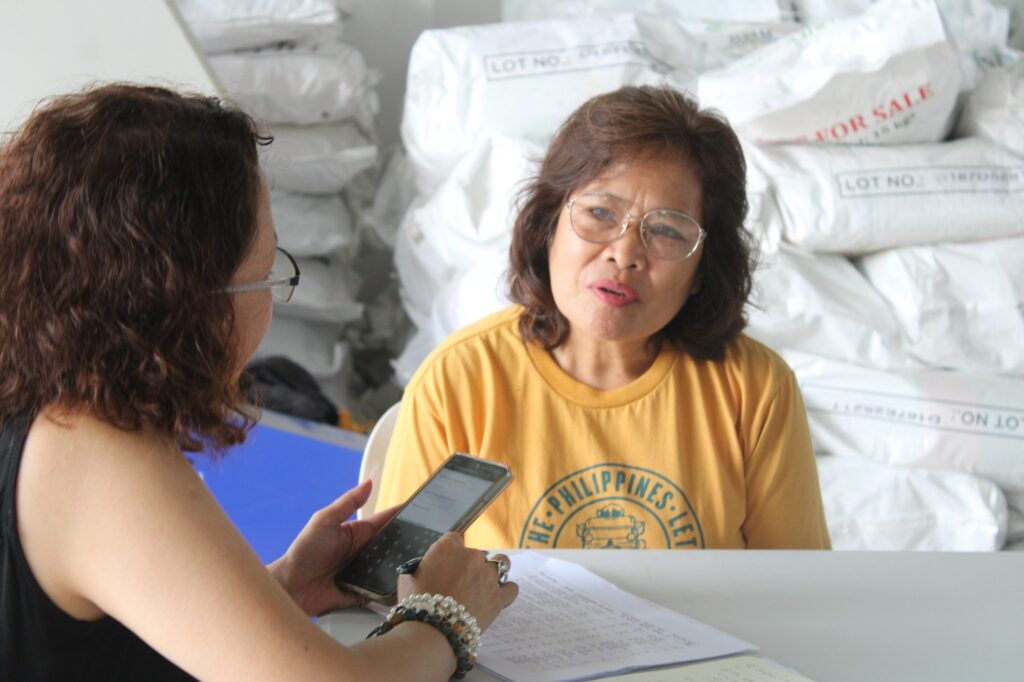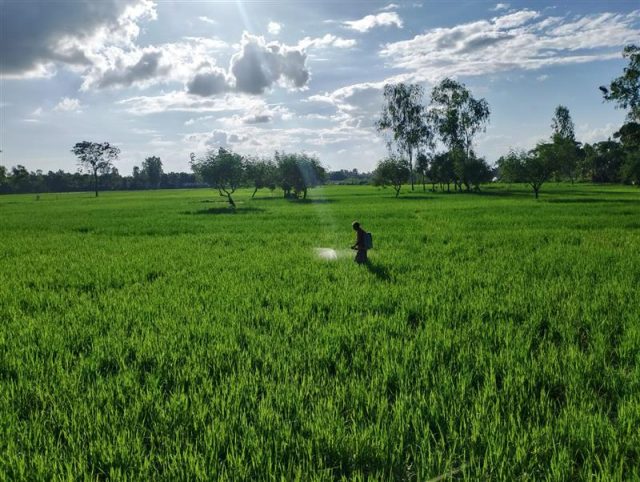EXPLAINER: Satellites, eyes from the above protecting rice farmers
- From
-
Published on
26.05.25
- Impact Area

by Veronica Mae Escarez
Rice is a staple crop in the Philippines, and it serves as the main source of calories for millions of Filipino households. However, the country is vulnerable to various climatic threats and shocks such as flooding and drought, driving millions in capital losses for smallholder rice farmers and threatening the nation’s food security. The Philippine Department of Agriculture reported at least Php 15 billion worth of agricultural losses in 2024 due to natural calamities, pests, and diseases.
As a measure to adapt to these threats, rice farmers apply for crop insurance, which serves as a safety net by providing financial protection in the event of production losses. Yet farmers still find it difficult to access compensation due to the slow claim processing, subjective damage assessments, and inadequate coverage. This, in turn, discourages farmers from availing traditional crop insurances.
The CGIAR Climate Resilience (ClimBeR) Initiative, in collaboration with the Philippine Crop Insurance (PCIC), the Philippine Rice Research Institute (PhilRice) and the International Rice Research Institute (IRRI), developed the area-based yield (ARBY) index insurance for rice using satellite data. “Basically, this digital tool allows for quicker payouts with more objective and accurate damage assessments.”, shared IRRI Senior Scientist Dr. Alice Laborte, “We use geospatial information to map and monitor the rice farms as well as assess the damages inflicted to ensure that our assessments are accurate and efficient.”
Compared to traditional crop insurance, which requires an on-site adjuster to assess farm damage, ARBY is an index-based crop insurance that utilizes the historical average yield of insurance zones to define insurance thresholds through the Philippine Rice Information System (PRiSM). ARBY makes the delivery of insurance information more cost-efficient and timelier. ARBY is based on satellite data which means that farmers do not have to report individual field damage, and it offers comprehensive coverage against climatic risks, such as droughts, floods, saline intrusion, as well as pests and diseases.
Related news
-

Cultivating climate-smart rice: How specific cultivars and smarter fertilizing can cut emissions and maintain yield
International Rice Research Institute (IRRI)19.11.25-
Climate adaptation & mitigation
-
Food security
By Bushra Humaira Sadaf A team of researchers from the Bangladesh Rice Research Institute (BRRI), I…
Read more -
-

Australia partners with International Livestock Research Institute to upskill researchers from Africa and Asia
International Livestock Research Institute (ILRI)13.11.25-
Food security
-
Poverty reduction, livelihoods & jobs
Australia has joined forces with the International Livestock Research Institute (ILRI) to support th…
Read more -
-

Next-gen rice lines top check varieties at 7.5 t/ha in ESA
International Rice Research Institute (IRRI)11.11.25-
Food security
MOROGORO, Tanzania (8 October 2025) — Elite rice lines are outperforming the current popular varie…
Read more -
